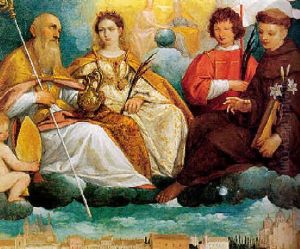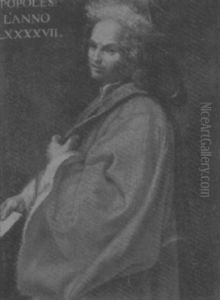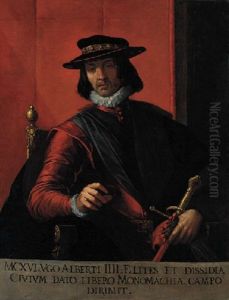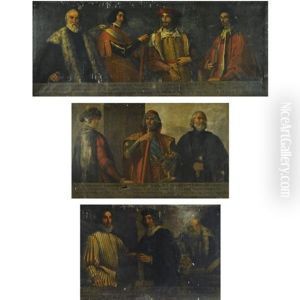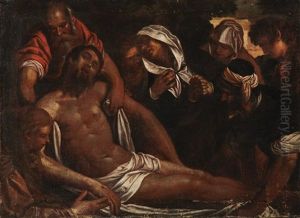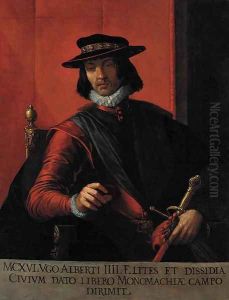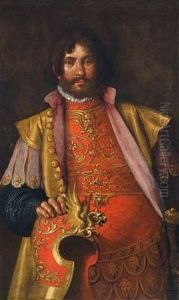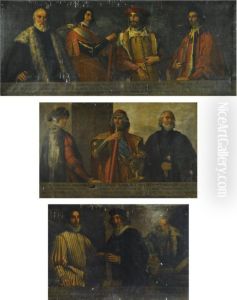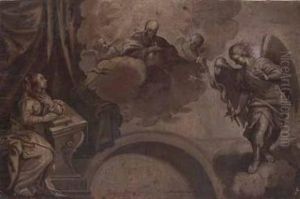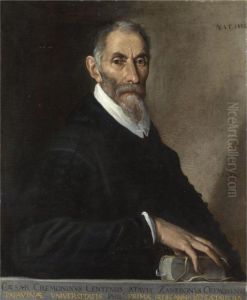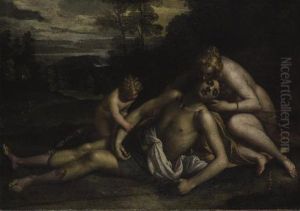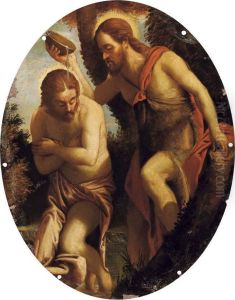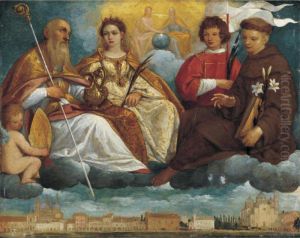Pietro Damini Paintings
Pietro Damini was an Italian painter of the early Baroque period, born in 1592 in Castelfranco Veneto, a town in the Veneto region of Italy. His life, though relatively short, was marked by a prolific output and a significant contribution to the Italian Baroque movement. Damini's artistic journey began in his hometown but eventually led him to study and work in various important Italian art centers, including Venice, where he was influenced by the works of the great Renaissance and Baroque masters.
Damini's style is characterized by its dynamic compositions, vibrant use of color, and a particular attention to detail, which reflects the broader characteristics of the Baroque movement. His works often depicted religious and mythological scenes, imbued with a sense of drama and emotional intensity typical of the period. Despite the religious turmoil of the time, Damini managed to navigate the demands of both secular and ecclesiastical patrons, producing altarpieces, portraits, and historical paintings that were widely acclaimed.
In Venice, Damini was influenced by the works of Titian, Veronese, and Tintoretto, which is evident in his mastery of color and light. However, he also developed a distinct style that showcased his individuality as an artist. His ability to blend the Venetian coloristic tradition with the dramatic chiaroscuro and dynamic compositions of the Baroque set his work apart from his contemporaries.
Throughout his career, Damini received commissions from some of the most prestigious institutions and patrons of his time, which allowed his work to reach a wide audience. His paintings can be found in churches, galleries, and private collections across Italy and beyond. Despite his success, Pietro Damini's life was cut short; he died in 1631 at the age of 39. Though his career was brief, Damini's contribution to the Baroque period remains significant, and his works continue to be studied and admired for their beauty and emotional depth.




